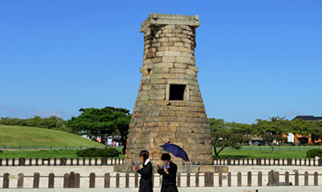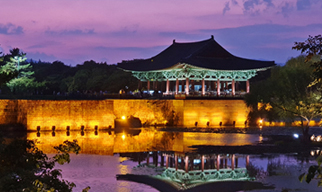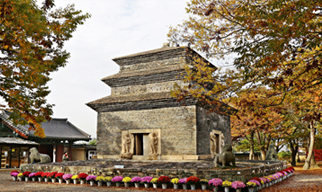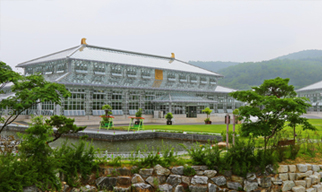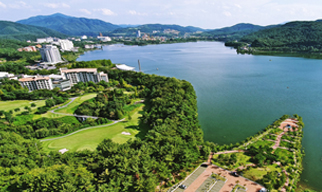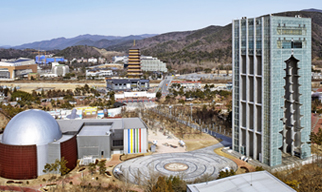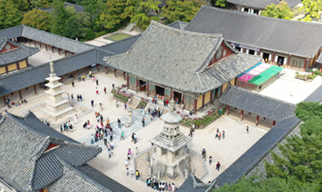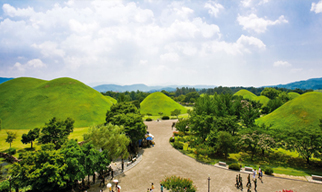Gyeongju East Palace Garden
Gyeongju East Palace Garden is located near the mouth of the Bomun Tourist Complex. This tourist facility, created in 2013, offers unique activities all year round. The overall design was inspired by the legend behind Donggung and Wolji. In particular, the Complex features the Donggung Botanical Garden, which has various broad-leaved trees, tropical plants, beautiful flowers, and medicinal plants. The Complex also has a bird park, with more than 250 rare bird species from all over the world. Other facilities include an agricultural research experience facility, outdoor gardens, and music fountains.

74-14, Bomun-ro, Gyeongju
4.8KM (6min. By car) from the venue
